Though the theatre certainly has seen its share of actors playing multiple roles – as much a cost-saving measure as an artistic decision, I’m sure – the possibilities have really opened up over the decades on film. Technological developments have made it easier and easier to blur the lines, but filmmakers have long found playful techniques to incorporate actors into more than one part. Having recently caught up with Richard Ayoade’s The Double, as well as one of the films on this list, and just pretty much constantly thinking about Denis Velleneuve’s Enemy, the topic is very much on my mind.
7.) Peter Pan (P.J. Hogan, 2003)
The idea of double-casting the roles of Mr. Darling and Captain Hook goes back all the way to the initial production of J.M. Barrie’s Peter Pan; or, the Boy Who Wouldn’t Grow Up, in which Gerald du Maurier tackled both roles head-on. It was a tradition Hogan upheld in his rather remarkable 2003 adaptation, with Jason Isaacs aptly answering the call, reinforcing the idea that Captain Hook is, in some ways, an outward expression of the villainous traits children assign their parents.
6.) The Whole Town’s Talking (John Ford, 1935)
For those who thought that two actors appearing and interacting onscreen together was only possible in the digital age, I give you Edward G. Robinson handing an envelope to Edward G. Robinson, in 1935. And no, I have no idea how they did it, either. By 1935, Robinson was pretty well sick of playing gangsters, or at least being so closely associated with those roles, and this Ford oddity gave him a chance to work through and past that, playing both a notorious bank robber and the poor, hapless clerk who happens to look just like him.
5.) The Bellboy (Jerry Lewis, 1960)
Lewis conceived his directorial debut as he drove to the Fontainebleau Hotel in Miami in January 1960, where he was set to do a series of live performances. He owed Paramount a movie, which they wanted for a summer release, so he wrote the film in eight days while he wasn’t performing, shot the film at the same hotel for twenty-six days after his engagement had concluded, and premiered the film in Los Angeles that July. The film, in which Lewis plays an incompetent bellboy, is purely a series of genius gags, as funny as anything Lewis ever produced. In one sequence, Lewis arrives to the hotel as Jerry Lewis, exiting the frame as Jerry, and reentering it as Stanley the bellboy, happily sending up the absurdity of celebrity.
4.) Austin Powers: International Man of Mystery (Jay Roach, 1998)
Whatever may have happened after this, Mike Myers always had this glorious moment, tackling both the roles of the titular hero and the Lorne Michaels-inspired villain, Dr. Evil. The duality of man and all. Moreover, though, it’s just a great showcase for the spectacularly talented actor, who had the kind of chameleon-like role on Saturday Night Live that rarely gets rewarded in such a huge capacity on film. It’s one thing to be a diverse sketch player, quite another to craft a consistent identity that audiences will flock to. It’s why Adam Sandler became a huge star, but someone like Dana Carvey did not. Myers got to have it all, achieving incredible stardom while remaining a diverse performer.
3.) Bowfinger (Frank Oz, 1999)
Even in 1999, Eddie Murphy was synonymous with playing multiple roles in the same film, but Bowfinger remains the only time this has proved terribly effective. In it, he plays superstar actor Kit Ramsey, whom producer Bobby Bowfinger (Steve Martin) seeks for his low-budget science fiction film, Chubby Rain. Only problem is that Ramsey is a superstar actor, and a legitimately crazy one at that, so he refuses. After multiple attempts to covertly shoot the film with just scenes of Ramsey in everyday life fail, they turn to an amiable lookalike, Jiff (also Murphy), who it just so happens is Kit’s brother. Scripted within an inch of its life by Martin, Bowfinger is a hell of a funny film, with a small reminder in that dual casting that Hollywood is, in many ways, a pretty small town.
2.) Wild Strawberries (Ingmar Bergman, 1957)
Though he would explore the idea of “The Double” more fully with his landmark 1966 film, Persona, Bergman planted the seeds more lightly here with his heartwarming tale of an aging professor (Victor Sjöstrom) confronting his past and present while on a trip to receive an honorary degree. Along the way, he picks up a band of young hitchhikers, one of whom, Sara (Bibi Andersson), reminds him of the girl he once planned to marry (played, in flashbacks, by Andersson). Andersson is a bewitching actress, casually seductive and completely compelling. Exactly the kind of person one might fall for completely and never forget.
1.) The Double Life of Veronique (Krzysztof Kieślowski, 1991)
Do you ever get the feeling that something is fundamentally wrong with yourself, the world around you, or the very nature of existence, but you couldn’t possibly put your finger on what it is? Perhaps a sense that you should be elsewhere, perhaps that it would be impossible to reach wherever that is. The Double Life of Veronique captures this precise sensation, this overwhelming, pervasive sadness. The mesmerizing Irène Jacob plays Weronika, a Polish singer, as well as Véronique, a French music teacher. When their lives intersect, they are permanently changed. Kieślowski’s masterpiece is a haunting, intriguing, beguiling, and deeply compelling portrait of loneliness and longing, as beautiful and moving a film as I’ve ever seen.

















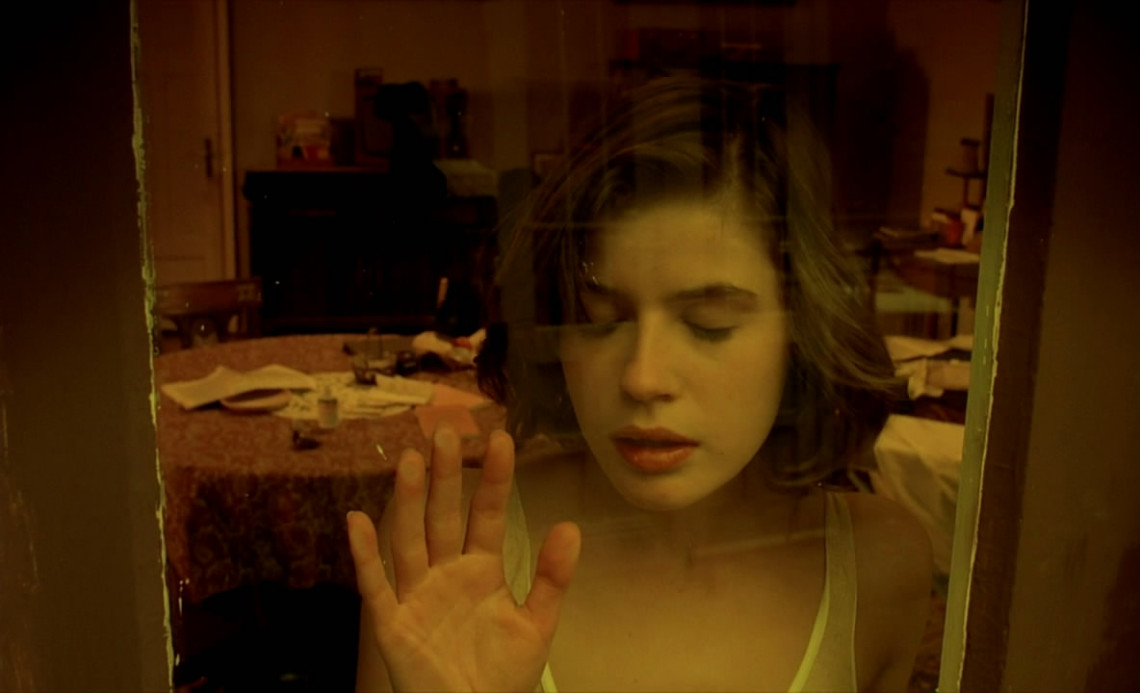
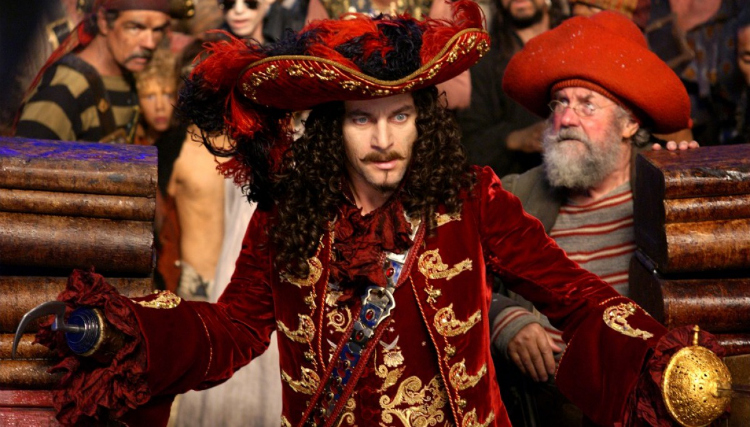
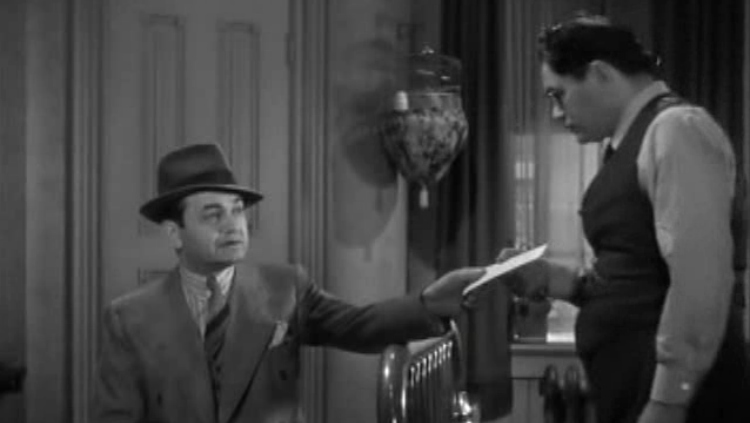
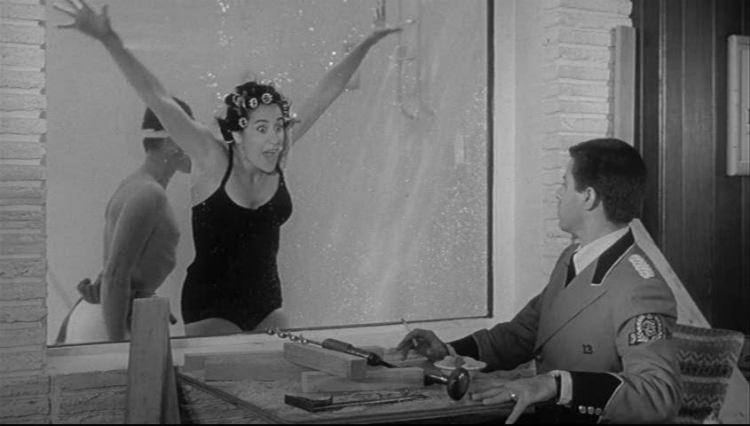

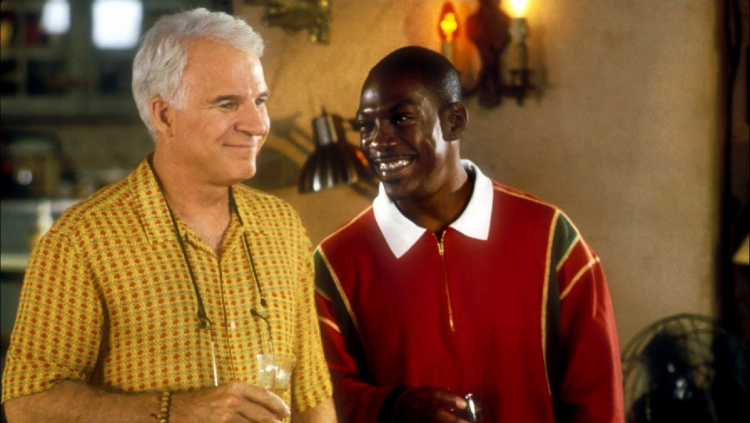
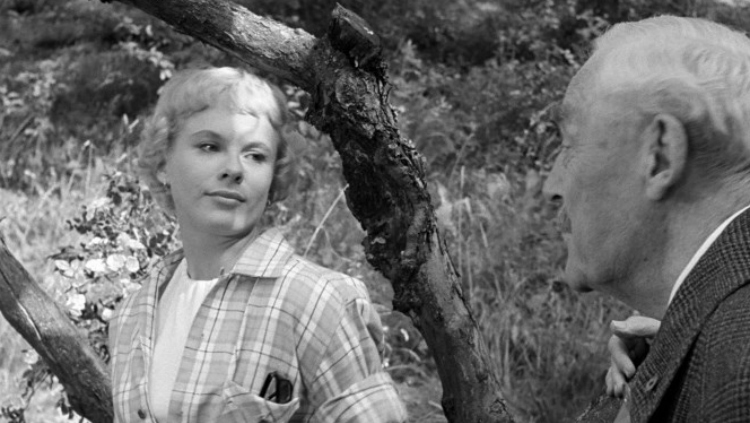
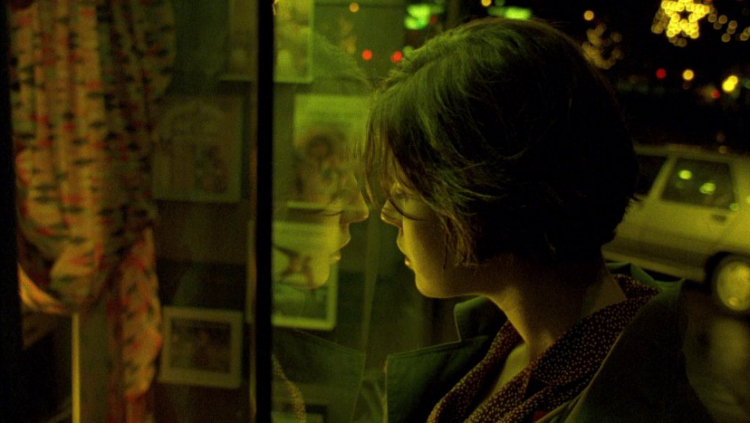
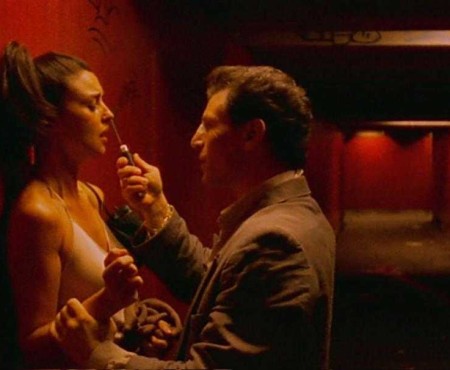
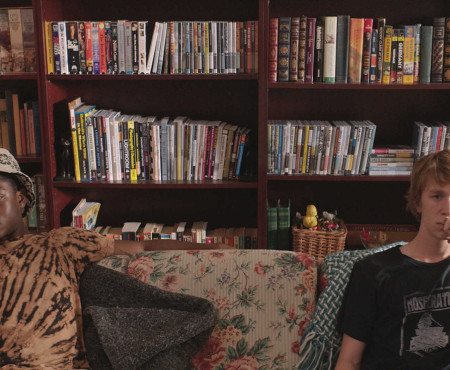
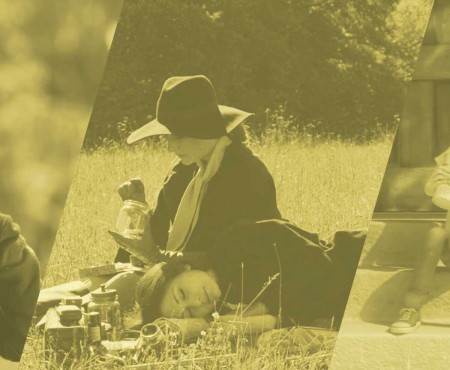
One thought on “7 Great Double-Performance Films”
Dr Strangelove over Austin powers any day